Photos: Amazing Discoveries at Egypt's Giza Pyramids
Giza treasure
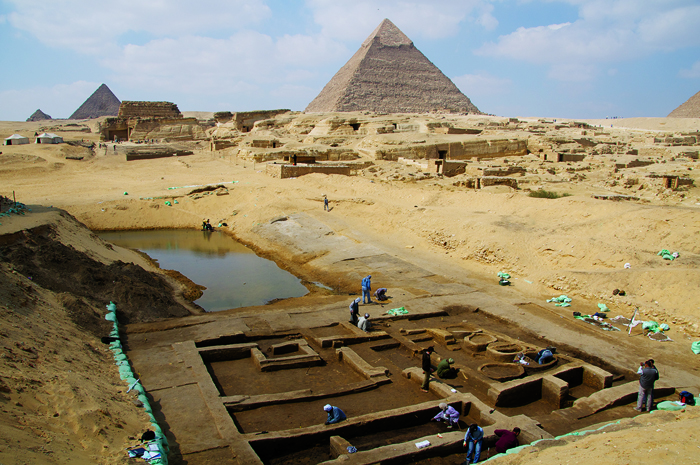
Archaeologists working at the Giza Pyramids have made several new discoveries that shed light on life at the time the pyramids were being built, and the period afterward. Among the discoveries is a basin, seen here, full of groundwater, which may have been part of a thriving harbor that kept Giza supplied with goods, including wood from the eastern Mediterranean and granite from Aswan on Egypt's southern border.
Additionally in this image you can see the newly excavated "silo building complex," dating to just after the pyramids were built and including grain silos and bakeries. There, researchers have found numerous bones from the forelimbs of cattle, popular offerings in ancient Egypt, suggesting royal cult priests perhaps venerating the pharaoh Khafre occupied the complex. A seal containing the pharaoh's name has been found there and his pyramid looms in the background.
Ancient waterfront
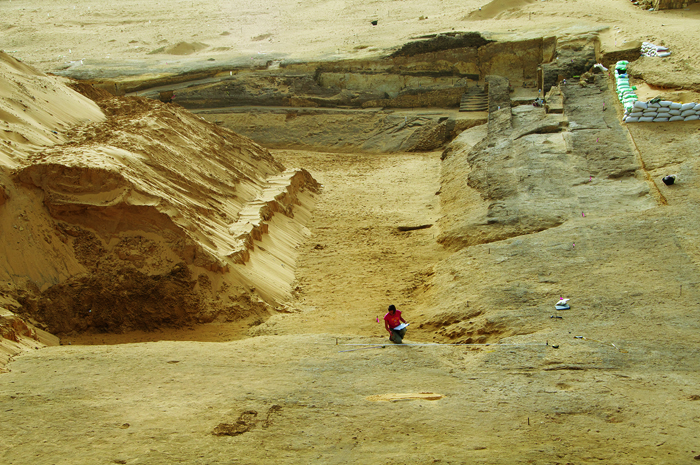
The newly discovered basin is located about 0.6 miles (1 km) from the nearest channel of the Nile River and may be an extension of a harbor or waterfront, said Mark Lehner, the director of Ancient Egypt Research Associates.
Connecting corridor
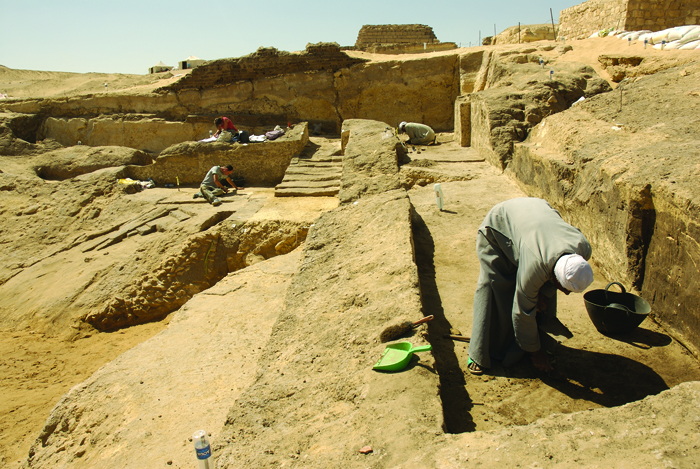
A corridor runs to the north of the basin connecting the harbor with a town to the west and the silo building-complex to the east.
Giza galleries
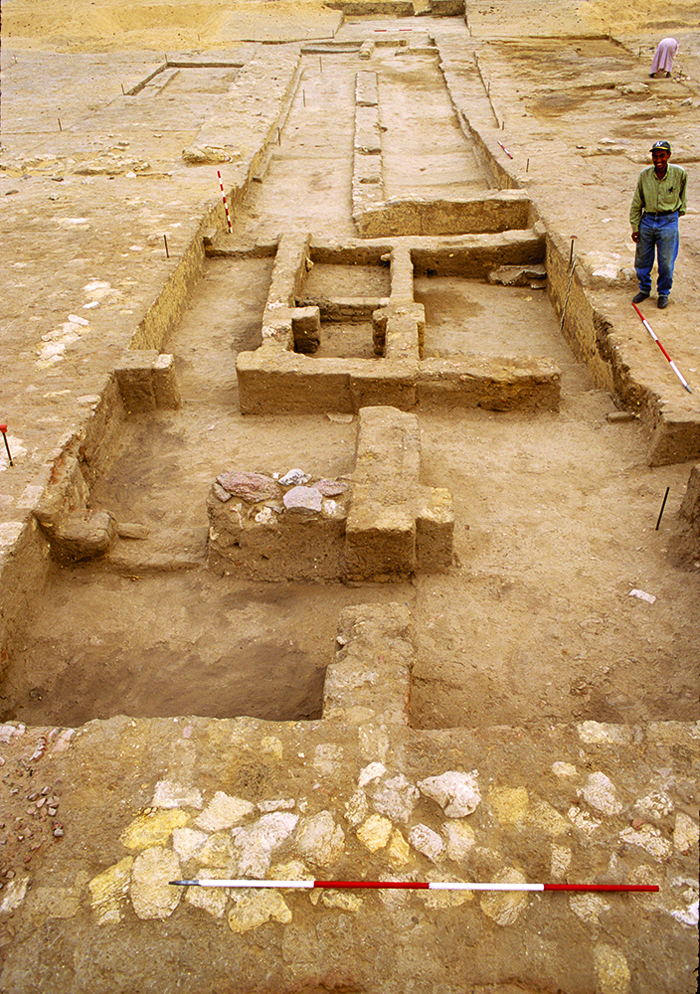
The archaeologists have also been excavating a series of long, 23-feet high (7 meters), structures now called the "galleries." Researchers now believe these galleries were likely used to hold troops who could have participated in voyages to the eastern Mediterranean and perhaps also performed guard duties for VIPs while at Giza.
Cosmopolitan troops
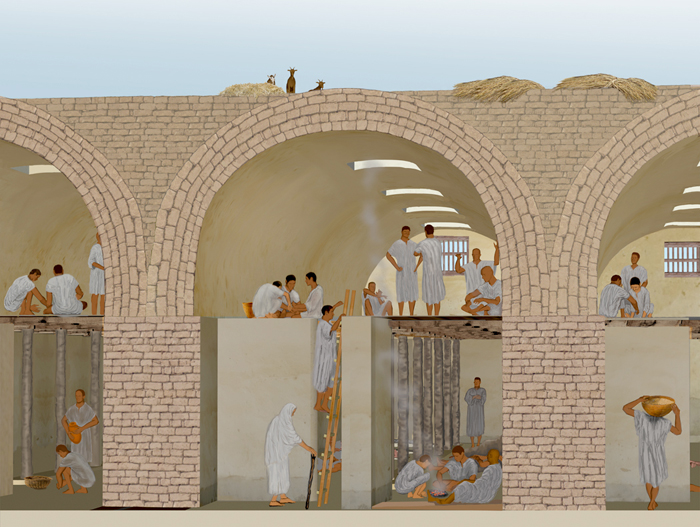
Scientists originally thought these galleries were used for the pyramid workers themselves. However the artifacts found within, including the charcoal remains of cedar (a wood from abroad), suggests troops who voyaged abroad used the galleries.
Hippo hipbone
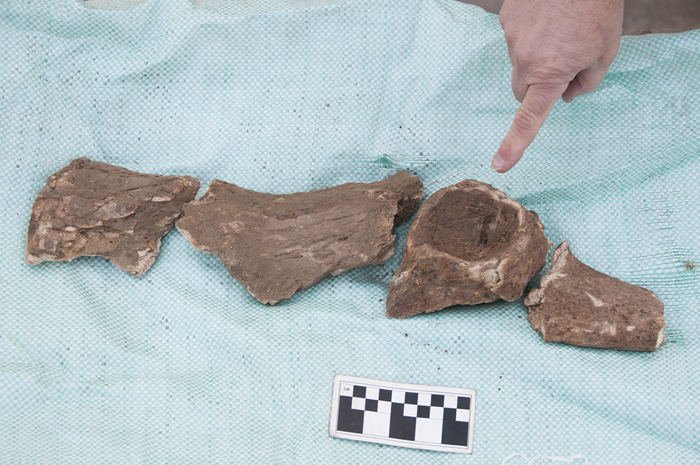
An additional discovery that supports the idea of troops living in the galleries is this broken hippo hipbone, discovered in 2012. In ancient Egypt, troops were responsible for hunting these animals and there was actually a ritual where a captured and bound hippo would be harpooned. This hipbone may be the remains of such an event that could have been performed, publicly, at Giza's harbor.
Egyptian plum
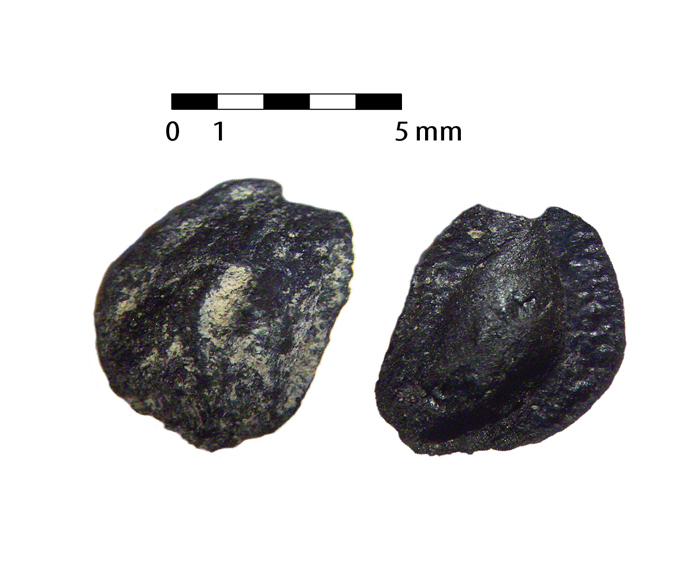
Another recent discovery in the galleries is this pit that originally was believed to be part of an olive. However recent research suggests that it might actually be an Egyptian plum.
Get the world’s most fascinating discoveries delivered straight to your inbox.
Pyramid workers' quarters
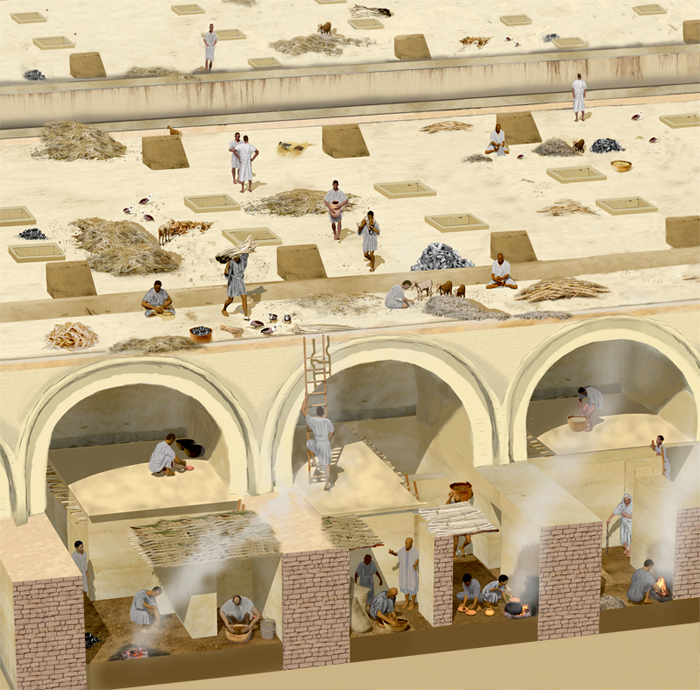
The discoveries made in the galleries leave a mystery in their wake. If troops were stationed there, where did the pyramid builders, the workers themselves, live? Two possibilities: They lived on pyramid ramps, while the monuments were under construction, or in the quarries in simple dwellings. In 2004 AERA researchers helped excavate a dump on the northern side of the Great Pyramid of Khufu. They didn't find any dwellings, but they found rope, string, cloth, cattle bone, wood and part of a hammer, artifacts that appear to be from the pyramid workers.
Eating veal
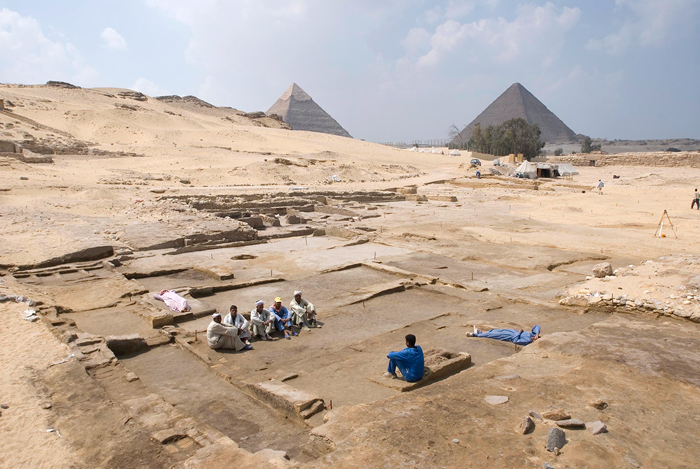
Another series of Giza discoveries was made in this large house that has at least 21 rooms. The archaeologists found leopard teeth, the hind limbs of cattle, and, in the nearby mound, seals containing the titles of some of the highest-ranking officials of the land. Archaeologist Richard Redding found that most of the cattle were less than a year old, indicating the people who lived in the house consumed a diet heavy in veal. This image was taken before excavation of the house was complete.
Leopard cloaks
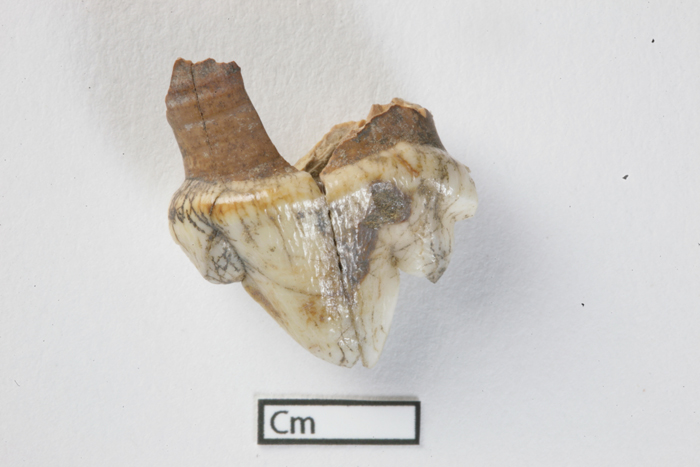
Two leopard teeth were discovered in the house and another two in the nearby mound. No other leopard remains were found. Surviving drawings from the pyramid age show that high-ranking clergy known as "sem" priests, who could be members of the royal house, were allowed to wear leopard skins with the head still attached. What presumably happened is that people wearing these skins passed through the house, the teeth falling out of the leopard's mouth.
Offering pieces
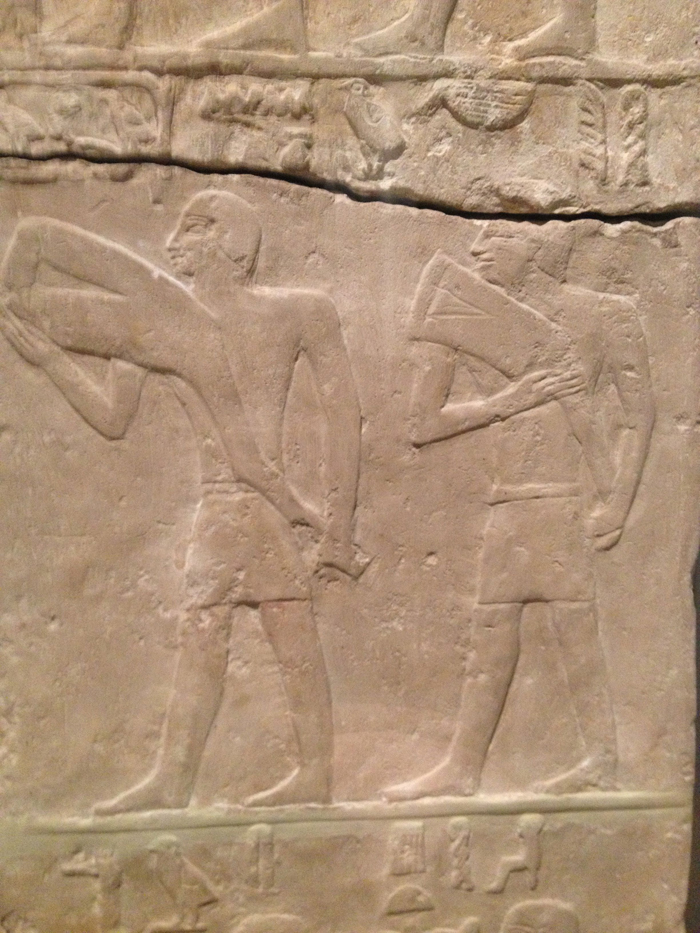
Another mystery the researchers uncovered is that there are far more cattle hind limbs found in the house, and nearby mound, than there are forelimbs. Archaeologist Richard Redding looked at surviving drawings from the pyramid age and found that forelimbs were commonly used as offerings while the hind limbs were not. This image shows a depiction of such an offering from the Chapel of Sekhemankhptah at Saqqara. Photo courtesy Richard Redding

Owen Jarus is a regular contributor to Live Science who writes about archaeology and humans' past. He has also written for The Independent (UK), The Canadian Press (CP) and The Associated Press (AP), among others. Owen has a bachelor of arts degree from the University of Toronto and a journalism degree from Ryerson University.


